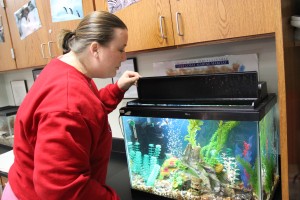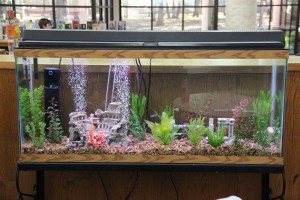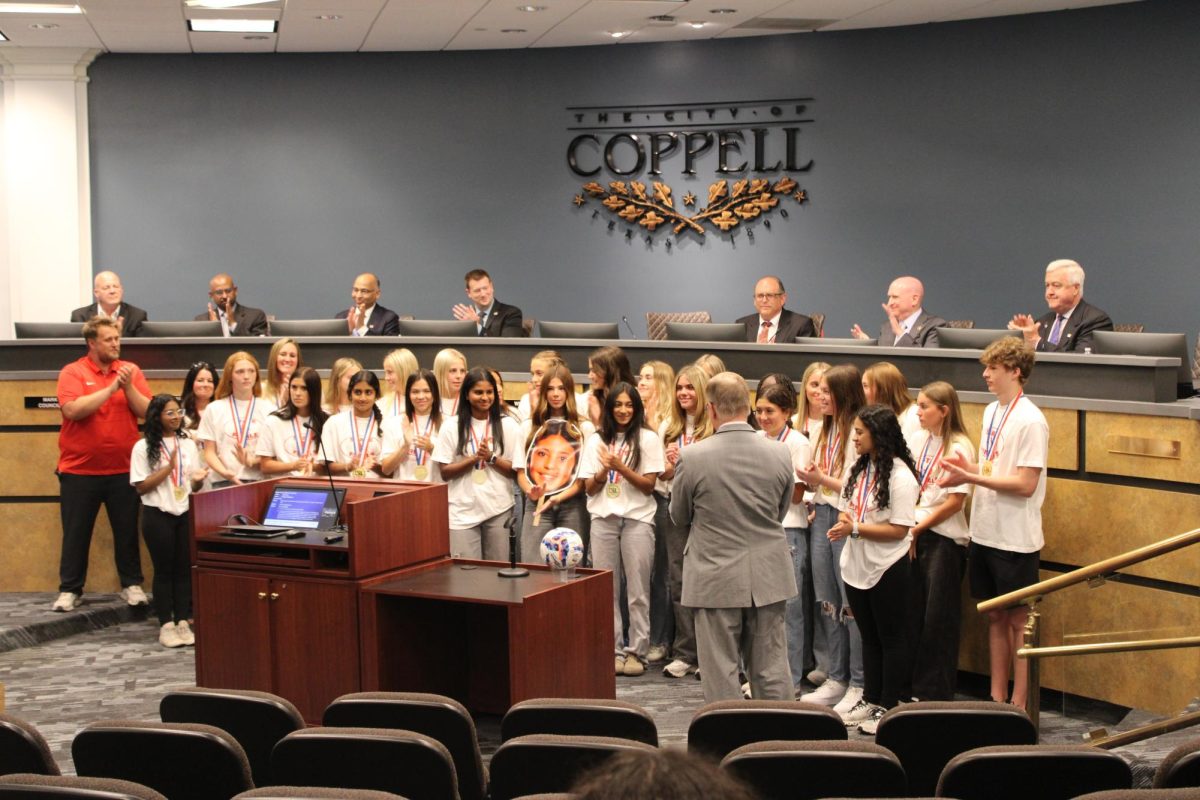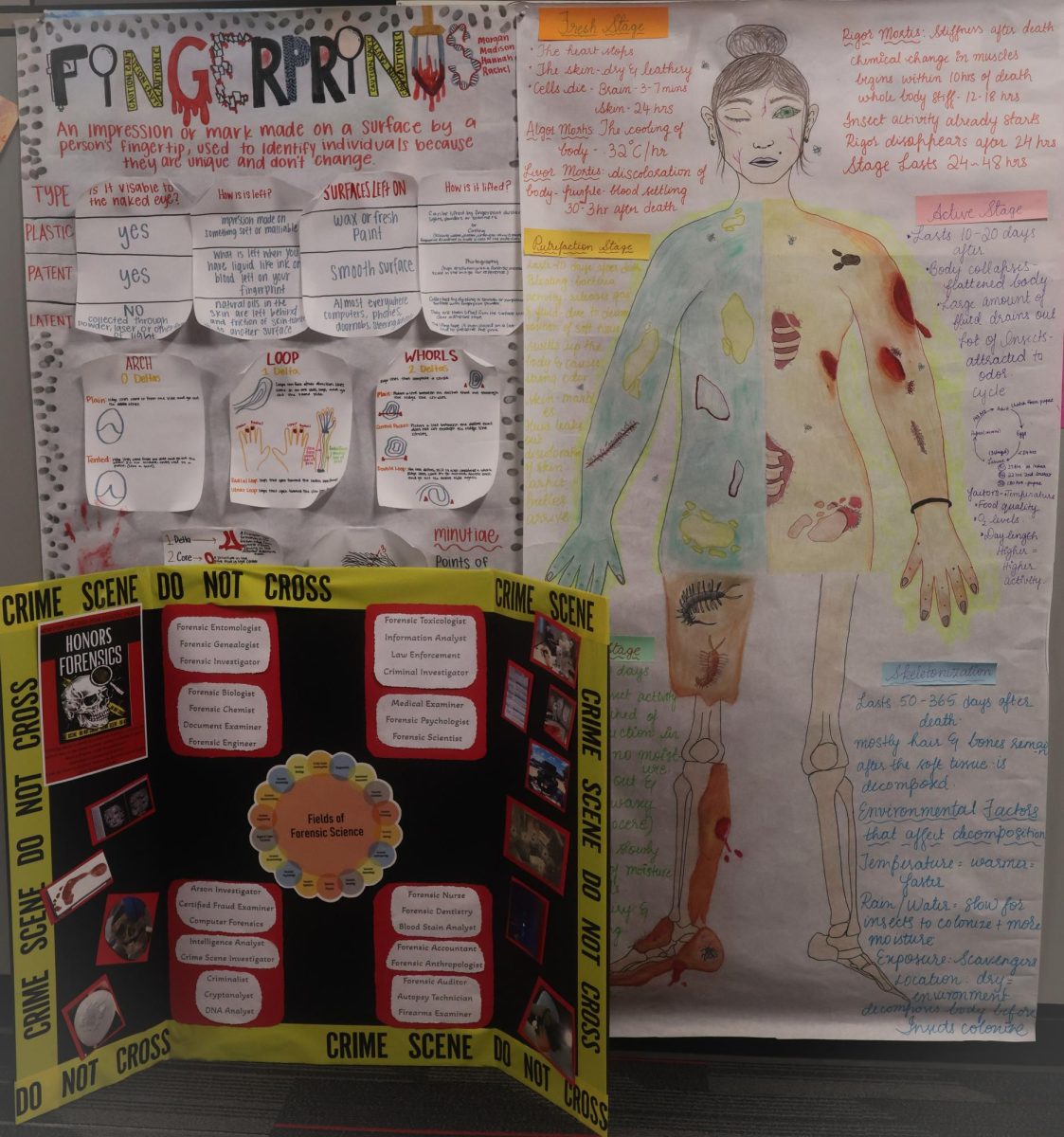Sai Sailaja Seshadri
staff writer
@saisailu97
The aquatic science classes at Coppell High School have a tradition every year of setting up aquariums around campus and taking care of the fish during the school year. This year is no exception, as aquatic science teacher Laronna Doggett gets the fish ready to become a part of the school.

“When I took over this class seven years ago, the teacher before me had students keep aquariums, so I kept that going but just made it into a larger scale project,” Doggett said.
There are aquariums in several different locations in the school. They are in classrooms, the library, student services and the administration office. Each group of students in the aquatic science classes is assigned one tank to look after, and it is their job to not only decide what kind of fish will go in it, but also to ensure that they are healthy throughout the year.
“Before we even started, the students had to complete a compatibility test to ensure that the fish can stay here,” Doggett said. “They were also responsible for making a budget, buying the fish and deciding how to decorate the aquariums.”
Similar to the projects that the Advanced Placement environmental science classes have done, the aquatic science classes are looking at the difference between open and closed systems on the planet. An open system in the environment allows for free exchange of matter and energy.
However, a closed system allows for some exchange of energy with the environment, but does not allow for matter to travel around. This project allows them to observe a closed system through the aquarium and control the water quality and health of the organisms in it.

“Ever since I was a freshman, I’ve had classes with Mrs. Doggett, and then last year we were talking about what I could do for a fourth year science so she suggested aquatic science,” senior Sydney McNabb said. “My group’s fish tank is in the principal’s office, so lots of people get to see it. Feeding them and taking care of them, it puts a lot of responsibility on you, but it’s fun.”
The students have been keeping track of the fish and their habitats through blog posts and tweets. After Thanksgiving break, they also plan to create a QR code for the class project. People who are interested in learning more about the fish can scan this code using a mobile app and go to their class website.








